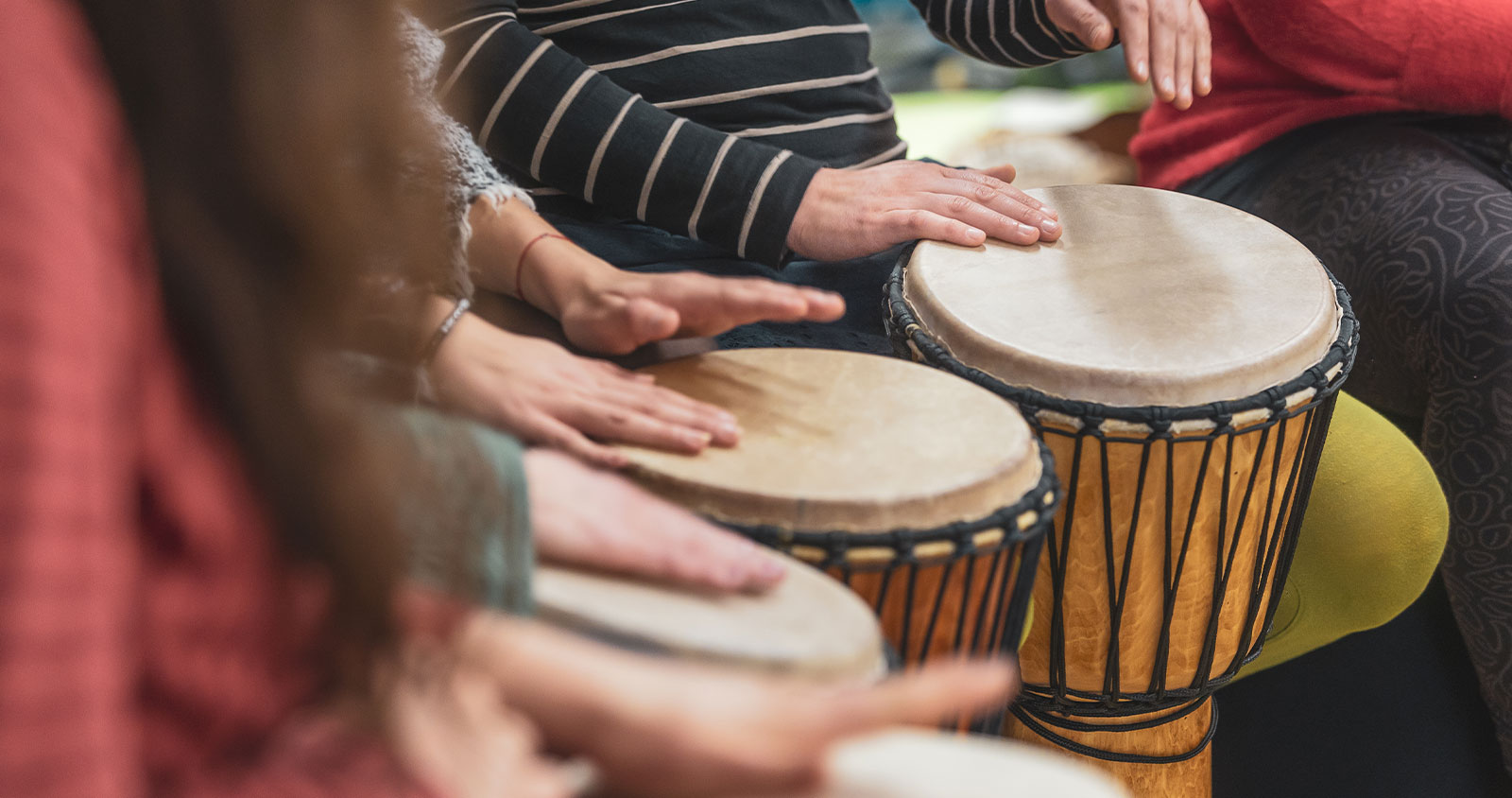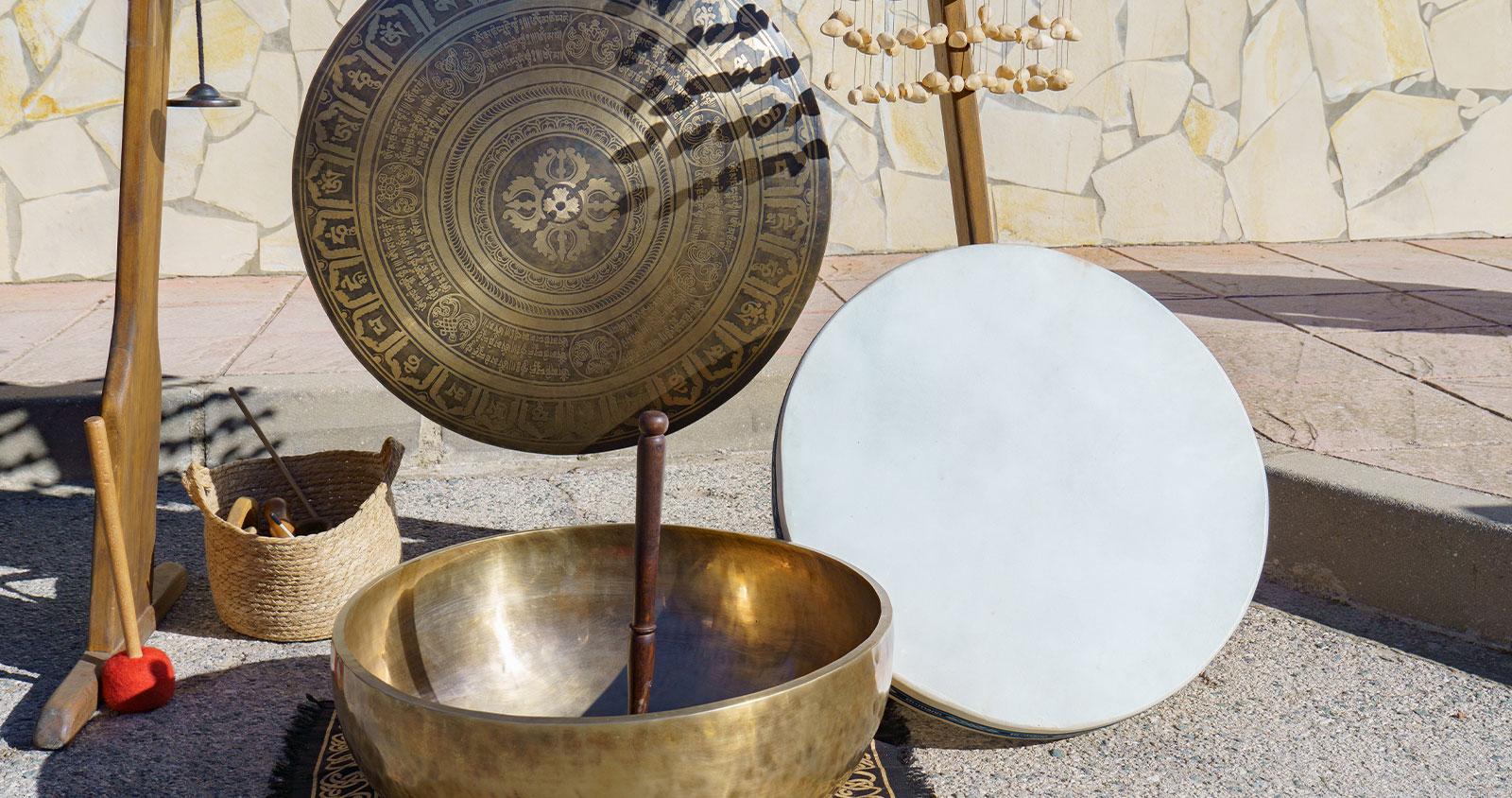The Healing Harmony of Sound Therapy
Introduction
Imagine a type of therapy that requires nothing more than listening. Sound therapy is becoming a go-to wellness practice for many seeking mental and physical healing. For mindfulness and wellness enthusiasts, this ancient yet modern therapy offers a compelling way to achieve well-being. In this blog, you’ll discover what sound therapy is, its various forms, and how it can positively impact your life. Let’s explore the world of healing harmonies.
What is Sound Therapy?
Sound therapy uses sound waves and vibrations to improve your emotional and physical well-being. This practice has been around for centuries, rooted in cultures worldwide. Ancient Greeks used music to treat mental disorders, and Aboriginal tribes in Australia have employed didgeridoos in healing rituals for over 40,000 years. Modern sound therapy integrates these ancient techniques with new scientific findings.
The Science Behind Sound Therapy
Sound therapy is not just spiritual; it’s scientific too. Researchers have found that sound waves can affect brainwave patterns. When you listen to certain frequencies, your brain syncs with those tones, creating a calming effect. This phenomenon, called “brainwave entrainment,” can reduce stress and improve mental clarity.
Benefits of Sound Therapy
The advantages of sound therapy are numerous. It can help reduce anxiety, improve concentration, and even alleviate chronic pain. One study found that patients undergoing sound therapy experienced significant reductions in stress and improved sleep quality. Whether you’re dealing with emotional turmoil or seeking physical relief, sound therapy could be the solution you need.
Forms of Sound Therapy
Sound therapy is versatile, offering multiple methods to suit different needs and preferences. Here are some popular forms:
The Soulful Sound Bath
The BodyHoliday has taken Sound Therapy on board this year and feels that it could have a long-standing and important place in our wellness programme.
Our resident Yogi Maya has introduced the “Soulful Sound Bath,” a meditative experience involving various sounds to assist you in relaxing and harnessing emotional balance. Percussion instruments like crystal sound bowls, bells, drums and tuning forks are used, some placed directly on the body.
Participants are invited to lie down or sit comfortably for the experience. Sound baths can increase spiritual development and help tune the body to its natural circadian rhythm. They are perfect for people who have trouble meditating or are experiencing stress, grief, anxiety, or anger issues. The frequencies can help create homeostasis, the body’s natural state of balance.
The sound bath can also be performed in the water. A floating aquatic sound bath is a great way to incorporate nature into your healing. Since the human body is primarily made of fluids, you can immerse yourself in water and surrender while the vibrations move through you in the water.
Singing Bowls
Singing bowls, especially Tibetan and crystal bowls, are a popular form of sound therapy. When struck or circled with a mallet, these bowls produce soothing tones.
Singing bowls can help reduce stress and promote relaxation. They also effectively balance the body’s energy centres or chakras. Some studies suggest that the vibrations of singing bowls can even aid physical healing by reducing pain and inflammation.
To use a singing bowl, strike it or circle the rim with a mallet. The resulting tones can be used in meditation, yoga, or as a background sound during relaxation exercises. Many wellness centres offer singing bowl sessions, or you can purchase your bowl for personal use.
Types of Singing Bowls
There are two main types of singing bowls: Tibetan metal bowls and crystal bowls. Tibetan bowls produce deep, resonant tones, while crystal bowls offer higher-pitched, ethereal sounds.
Singing bowls can help reduce stress and promote relaxation. They are also effective in balancing the body’s energy centers, or chakras. Some studies suggest that the vibrations from singing bowls can even aid in physical healing by reducing pain and inflammation.
Binaural Beats
Binaural beats involve listening to two slightly different frequencies in each ear, creating the perception of a third tone. This form of sound therapy is often used with headphones.
Binaural beats work by entraining the brain to specific frequencies. For example, listening to a beat at a frequency associated with relaxation can help induce a meditative state.
This method effectively reduces anxiety, improves focus, and promotes better sleep. Studies have shown that binaural beats can also enhance cognitive performance and boost mood.
Binaural beats are widely available online and through various apps. To experience the full benefits, use headphones and listen for at least 15-30 minutes. Many people incorporate binaural beats into their daily routine, using them during work, relaxation, or before sleep.
Drumming Circles
Drumming circles involve group drumming sessions that create rhythmic patterns. This communal form of sound therapy is both energizing and grounding.
The Power of Rhythm
Rhythmic drumming can have a profound effect on the mind and body. It can release endorphins, the body’s natural painkillers, and promote a sense of community and connection.
Drumming circles can reduce stress, improve mood, and enhance social connections. They are also effective in promoting physical coordination and mental focus.
e concentration, and enhance spiritual growth. It’s also effective in balancing the body’s energy centers and promoting overall well-being.
Conclusion
Sound therapy offers a diverse range of healing modalities that can benefit anyone at any age who is passionate about mindfulness and wellness. From the immersive experience of sound baths to the rhythmic connection of drumming circles, there’s a sound therapy method suited for every person.





